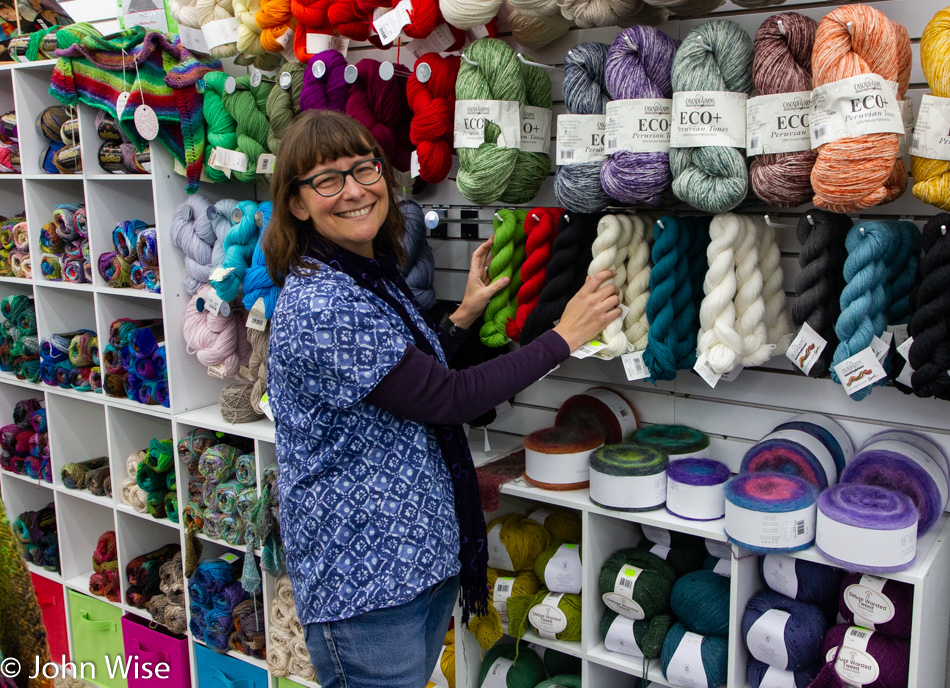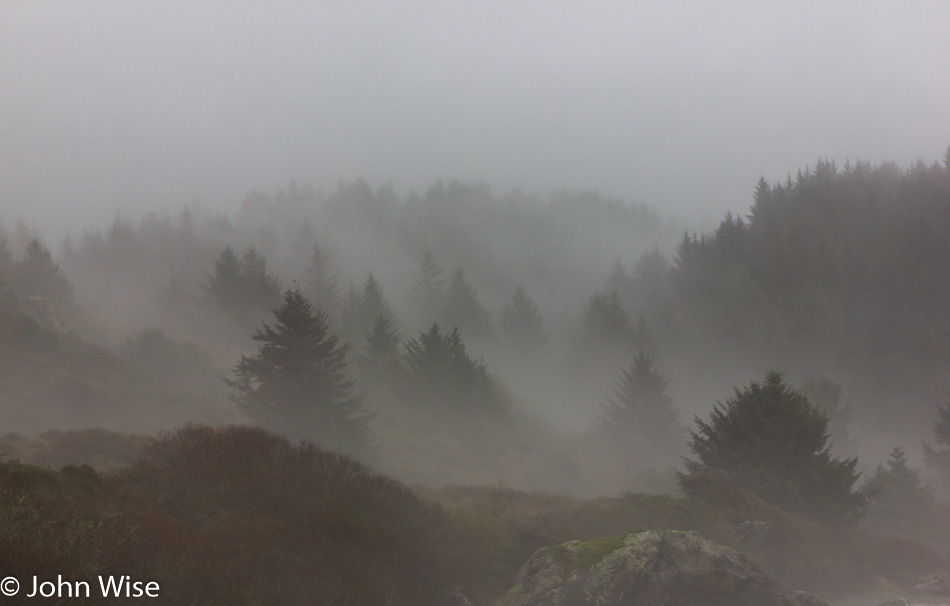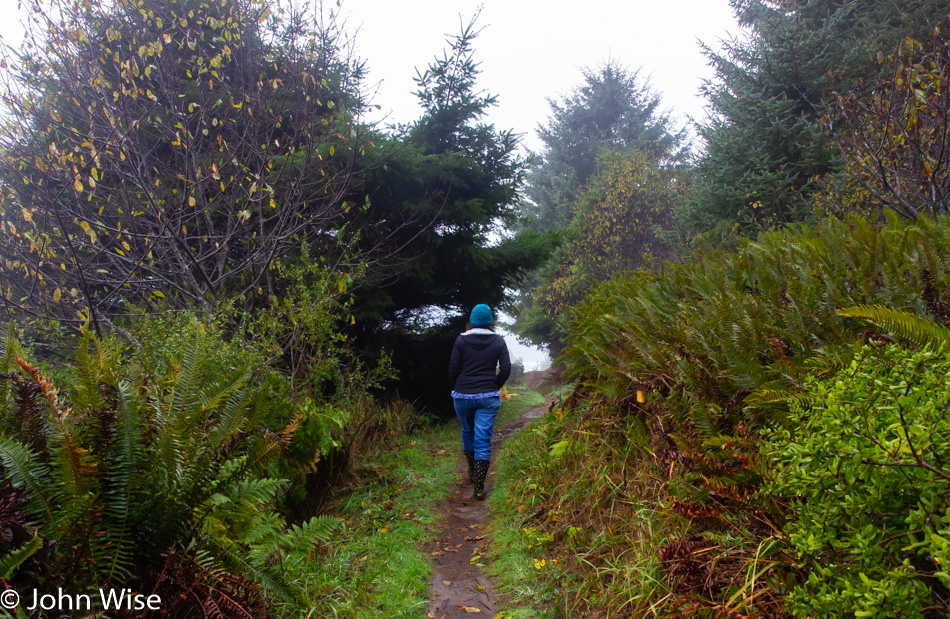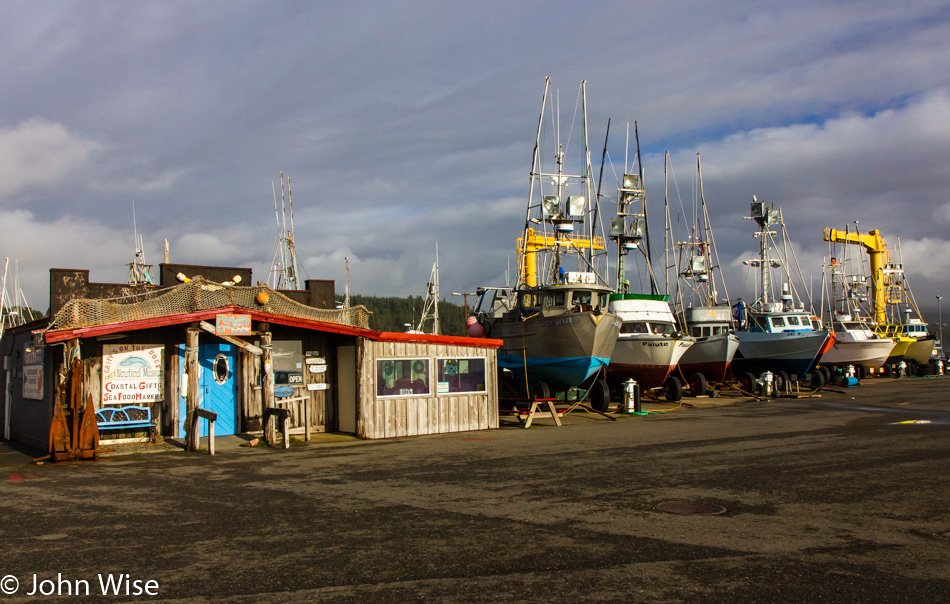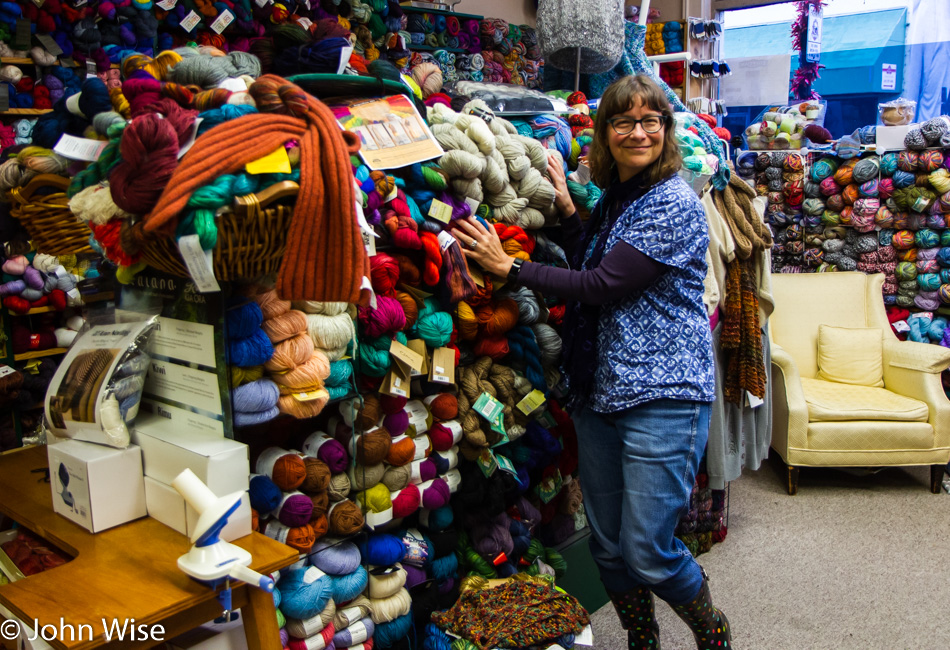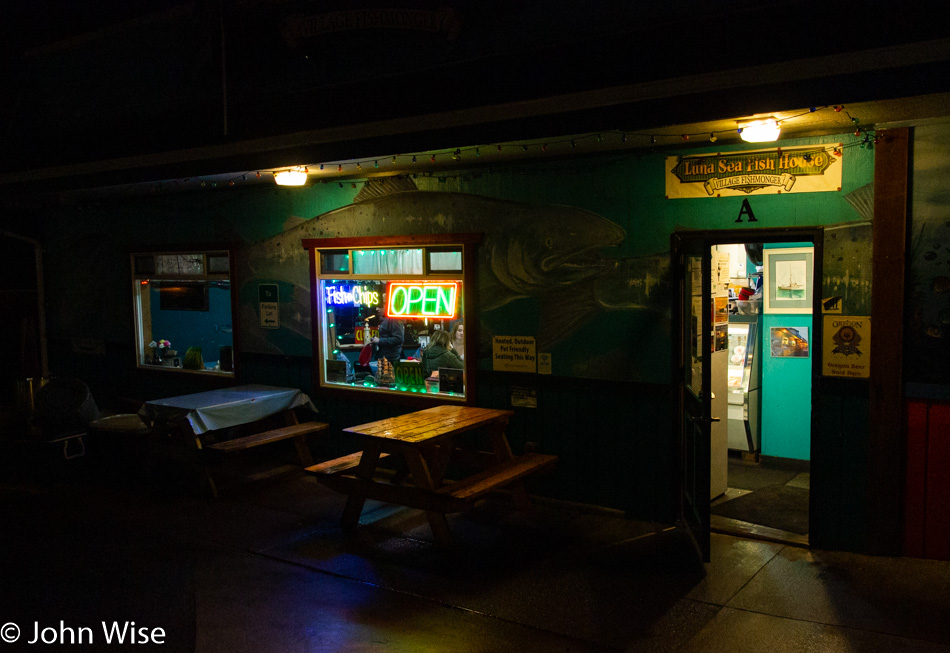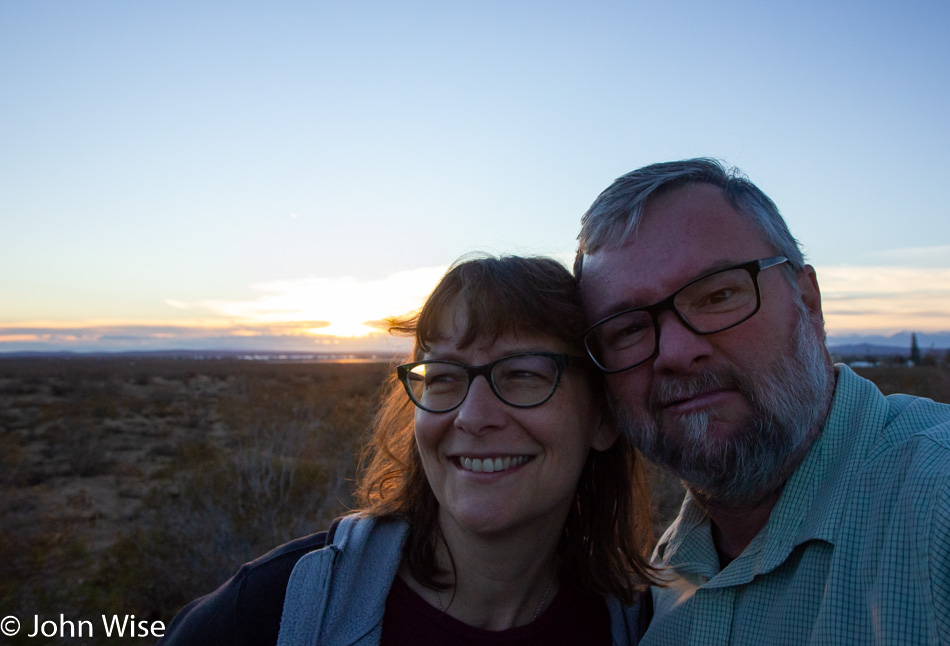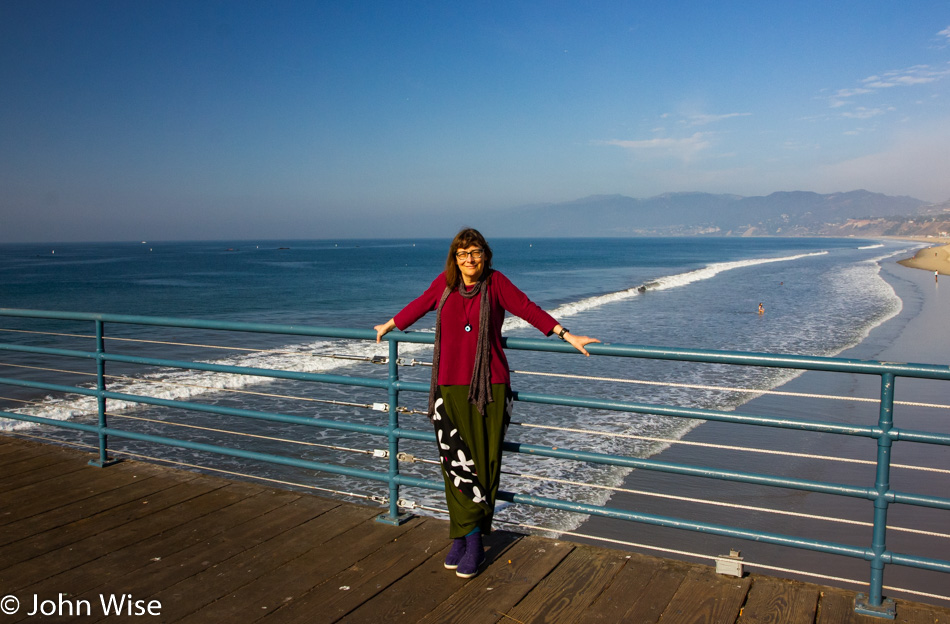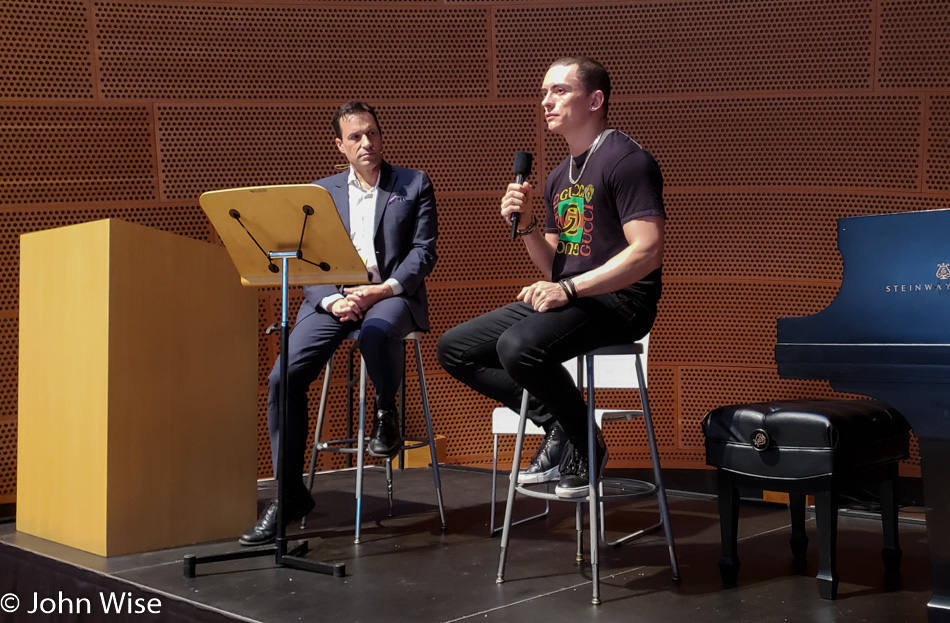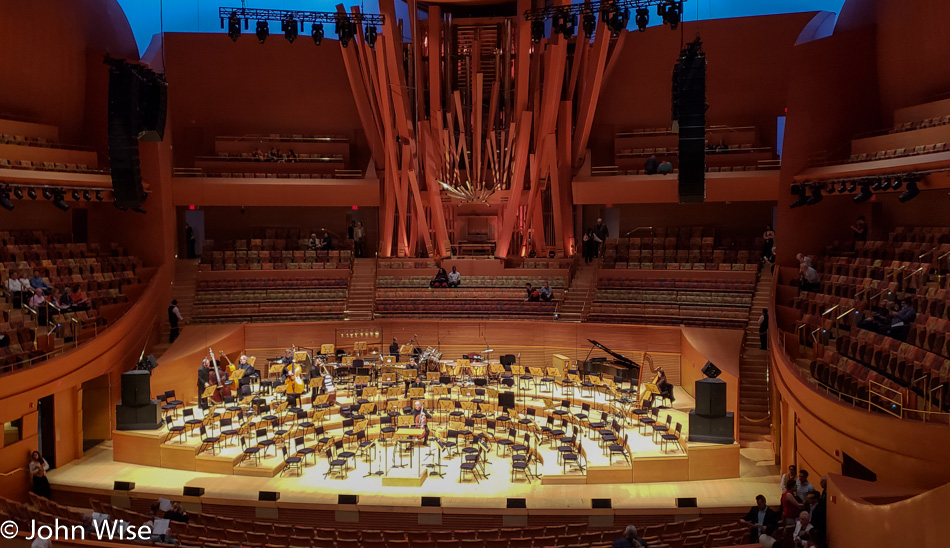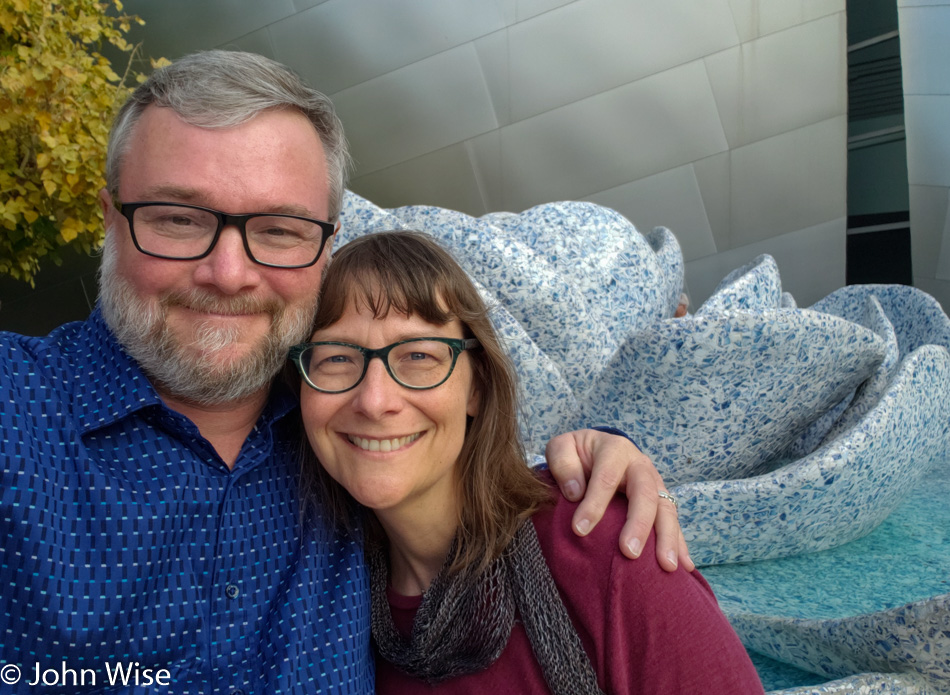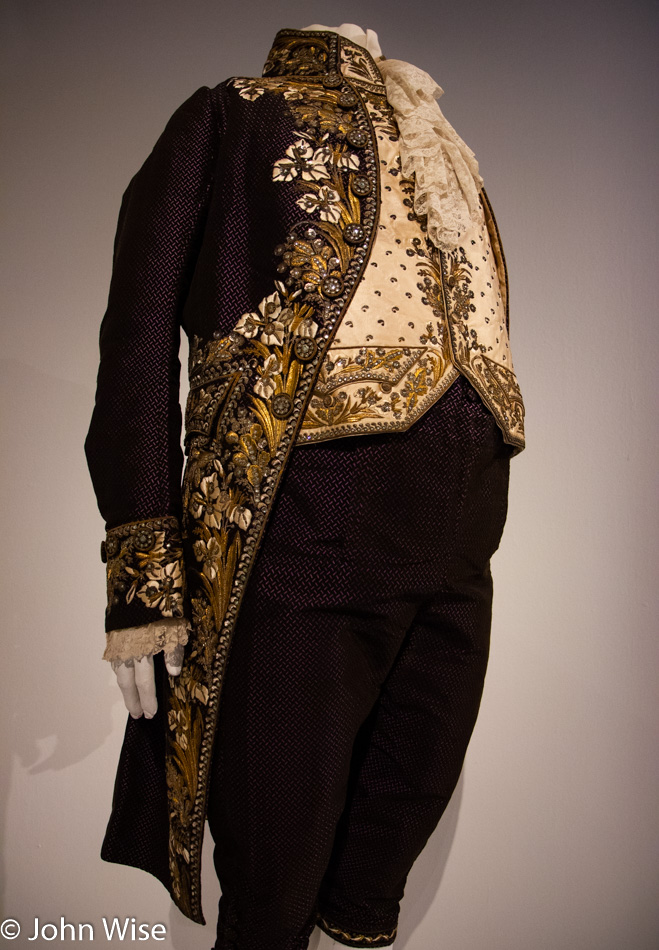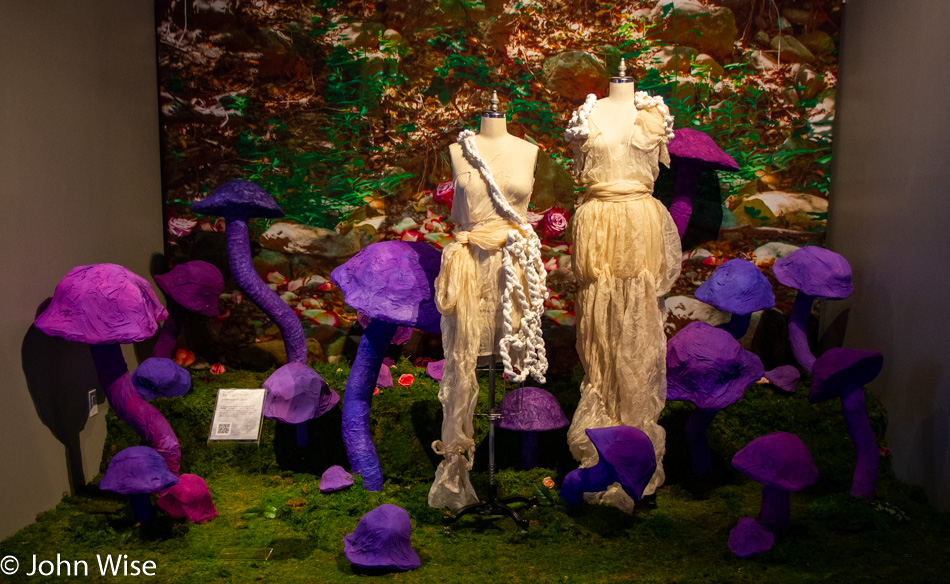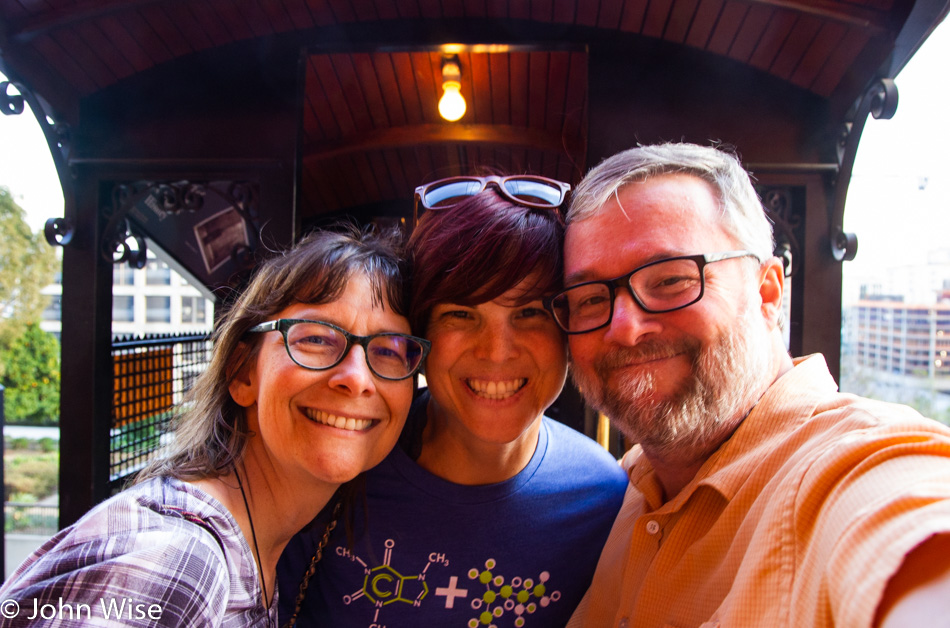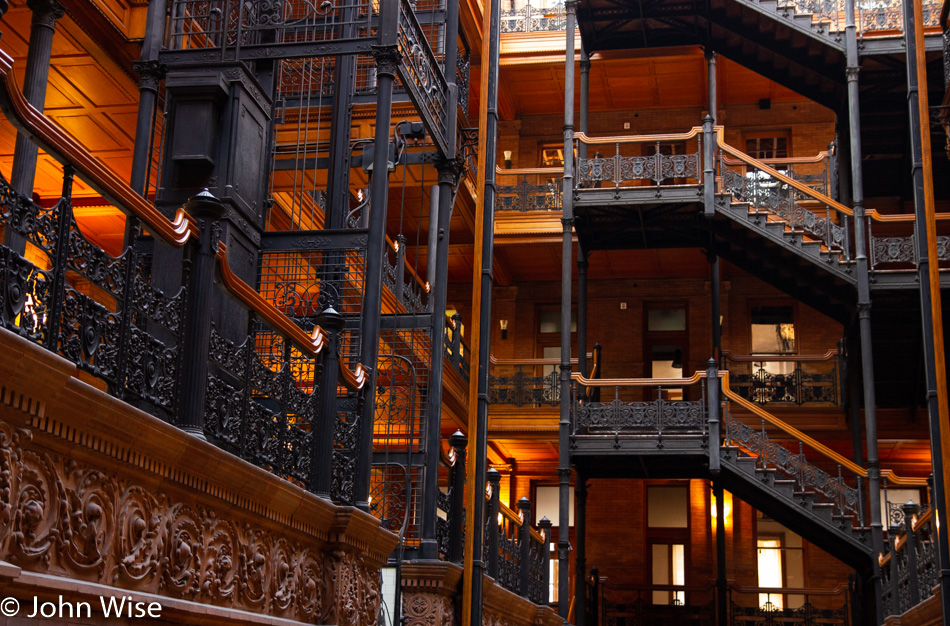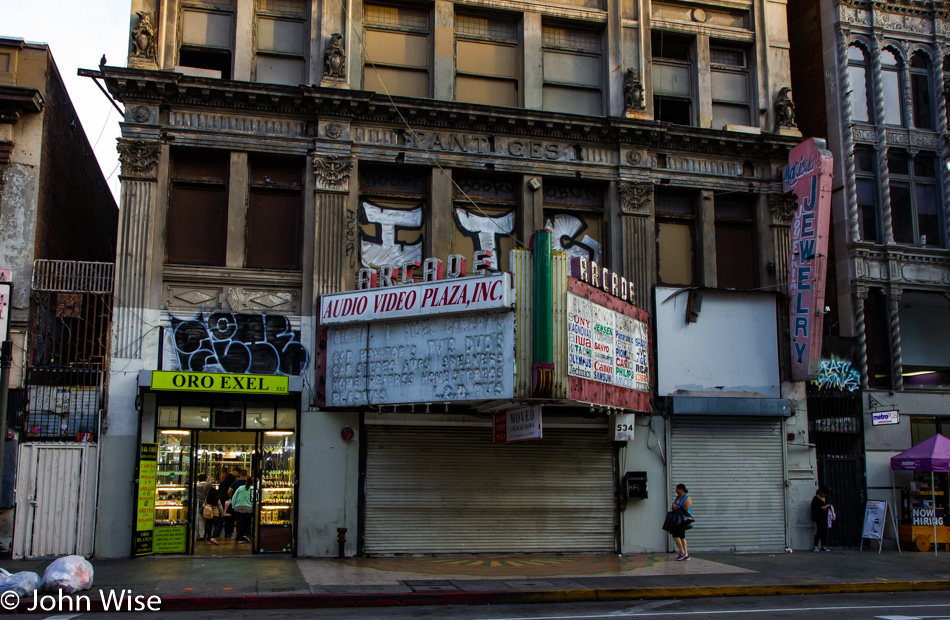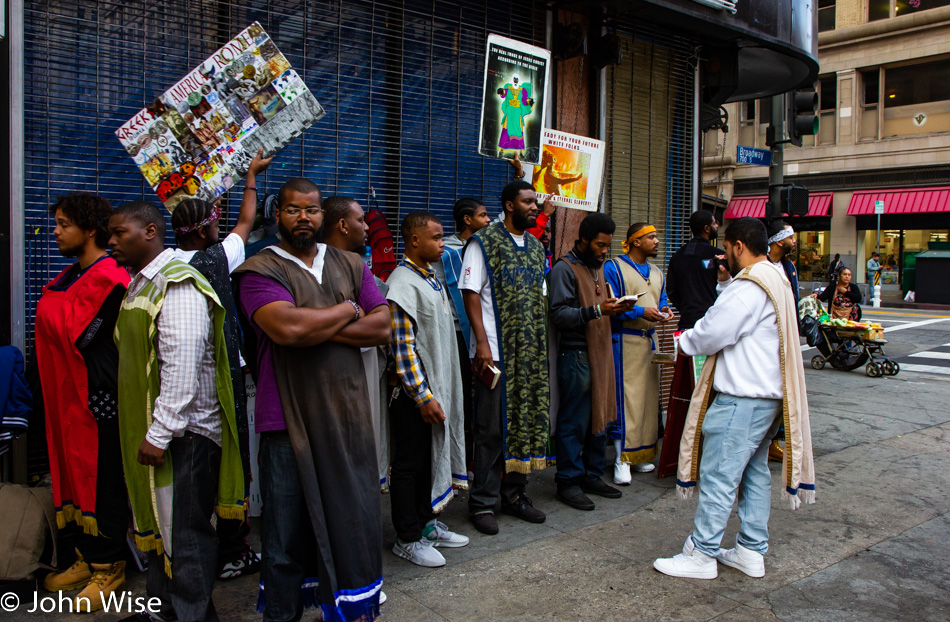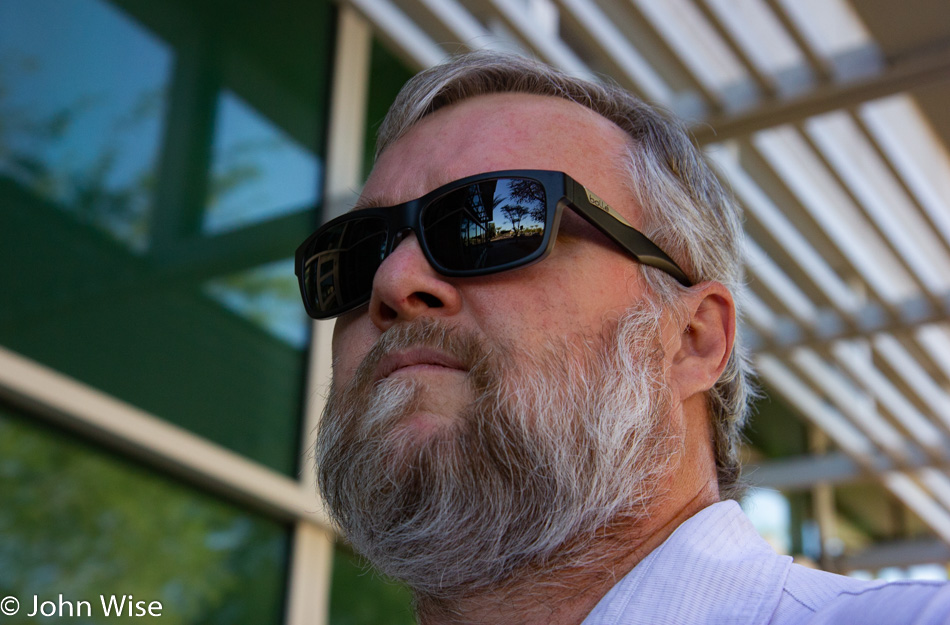
Long fall nights and short days in the cool climes of Oregon make for some serious, cozy sleep as we consistently fail to wake up with the sunrise. Being in a yurt requires you to bring your own bedding and so having our feather blanket and pillows from home only adds to the comfort, making it easy to sleep in. Another contributing factor is that we are in a darkened forest and use the justification that there’s not enough available light to take photos, so we may as well stay cozy and warm. By the time we finally emerge from the yurt, we are already packed up and have had a bite to eat in preparation for exploring the familiar trail awaiting our visit. We know this routine as everything that is going on this morning has been done before; we are well-practiced. Our next steps take us out on a loop trail that heads into this most southerly of temperate rain forests here at Carl G. Washburne Memorial State Park.

Trying to find something new to say about this trail will probably take my words down the path of those already written here more than a few times. Talking of the quality of light, the shades of green or dew-covered mosses are now well-worn tropes I will have to revisit unless I can find some other angle to deliver how they talk to me on yet another trek through their home.

Maybe our visit is more like small talk made with an old friend where you needn’t say anything in particular but simply walk through old memories, reminiscing about the warm thoughts you keep around. Caroline and I rarely actually talk with one another here in this forest, as we are both intent on hearing every detail that makes itself available. From the trickling streams to water dripping off the lichen upon the ferns below, we listen. Occasionally, a bird offers a quiet call, and we strain our ears to hear if another bird in the distance answers. Sometimes, I stand especially still, hoping to catch the sound of a mushroom breaking out of the earth or maybe a newt stepping gingerly over the damp forest floor.

The sun enters silently, though its light screams vibrantly through the mist, delivering god rays upon areas of the forest that seem to receive direct sunlight only rarely. We look into that light flirting with blindness as subtle rainbows on the edges of the rays can be seen from just the right angles. When a mushroom or particular patch of undergrowth is the beneficiary of the fleeting light show, we scramble over to see the magic of momentary full illumination and once again exclaim our incredible good fortune at being here.

This is a common pose on the trail; we call it “imitating trees.”

We are lucky to be out here early in the chilled morning before others start down this trail. I cannot tell you that they are as observant of this pristine forest as I believe we are. We’ve heard people in the distance who are apparently trying to be the apes of the forest, letting their call be heard in order to establish primacy through loud vocalizations. Others bring their dogs and must be oblivious to their barks or believe the noise is keeping bears at a distance. These acts of serenity pollution only work to spoil their visit by ensuring they miss fully half the experience of being in such a beautiful place. Too bad this isn’t called a church or hospital as I believe then they would at least make some small attempt at being respectful.

No matter the number of times we’ve visited Carl G. Washburne, we’ve seen something new; even the old feels new. This mushroom that looks crocheted to Caroline is one of those new things. As for the old things, we are content to not only be such ourselves but have thoroughly enjoyed our time among the others.
From this favorite spot, nearly in the middle of the Oregon coast, we continued our drive north, stopping in Newport for some lunch. The Newport Cafe was once again chosen, though this time, we opted not to up the ante and go for the 8-pound burger. Though I worked hard on trying to convince Caroline that the photo opportunity alone would make it worthwhile. Instead, it was time for an oyster sandwich for her and a seafood scramble for me. Even though we had coffee with our lunch, we still had to stop at Dutch Bros. for yet more coffee because Oregon demands that you always drink more coffee.
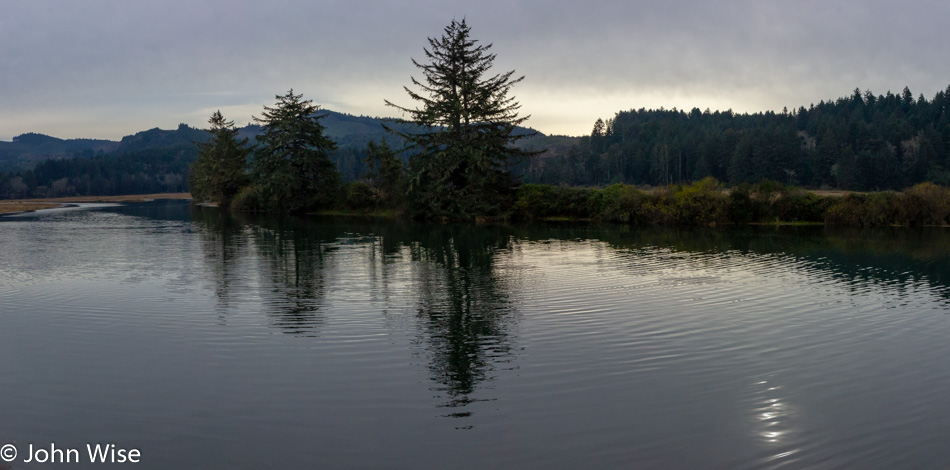
Our destination tonight is the most northwestern point in Oregon at Fort Stevens State Park, and so that we don’t have to drive a lot under dark skies on narrow, twisting cliffside roads, we try to get serious about moving ourselves along. We didn’t get far before we spotted the pull-off for Siletz Bay National Wildlife Refuge we’ve passed many times, but today, we stopped.
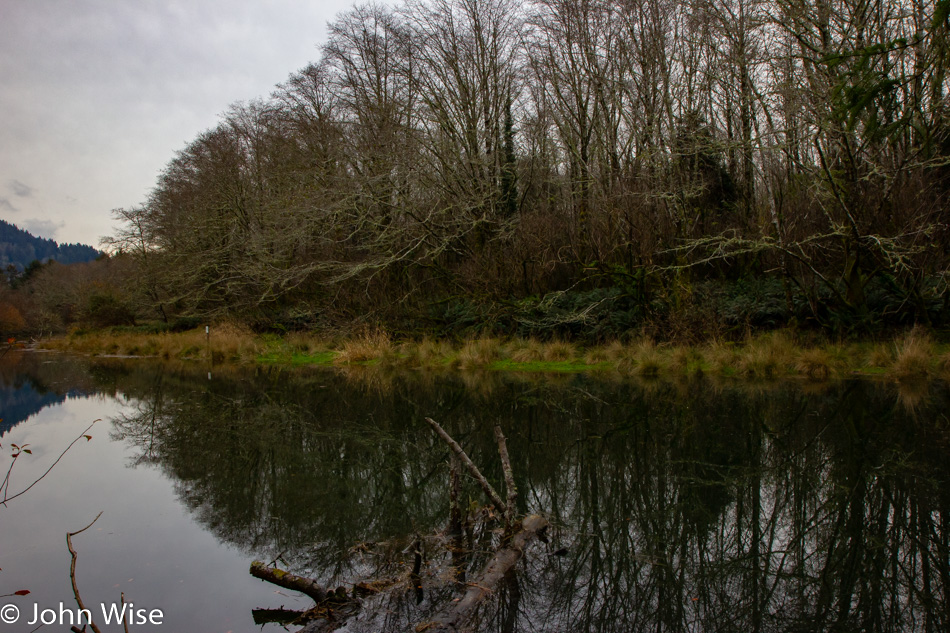
Every time prior to heading up the coast, there’s a feeling that we’ve seen the majority of what’s to be seen. Then, once we arrive and start looking deeper at the landscape, we discover places that we’ve been aware of and are even somewhat familiar with, but we realize that we’ve never properly gotten out and spent time there. The trail map shows us the best way to witness Siletz Bay, traveling by small boat. Unfortunately, we don’t own kayaks, nor do we know where to rent them nearby, so we’ll have to be happy to walk the short trail around Alder Island.

Alder Island is undergoing a restoration in what looks like an attempt to save the shore from disappearing into the wetlands. When we pulled up to the small parking lot there was one other car here, but there’s been no sign of others. Maybe they had a canoe with them and were somewhere out on the looping waterway?
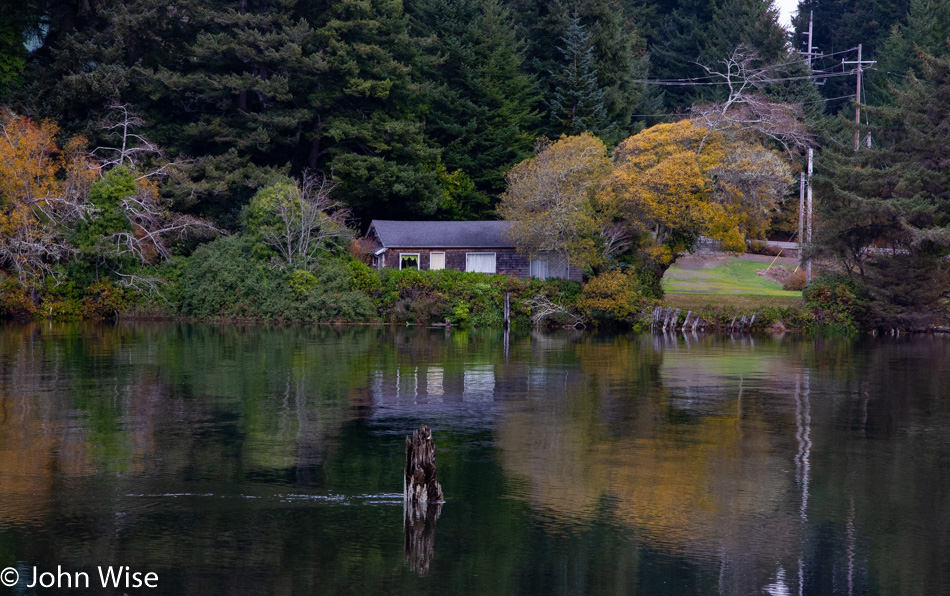
If only Caroline and I could figure out a way to eke out a living here on the coast we could call this home. Time to hit the road again.

That stop at Siletz wasn’t our last one. We had a date with the Tillamook Creamery and their newly finished supersized visitor center. While others stop for a factory tour or maybe to load up on some cheese, Caroline had her sights set on a scoop of Marionberry Pie ice cream. Note to management: she’d prefer you leave the pie crust chunks out of the ice cream and focus on the marionberry.
After checking into our deluxe cabin at Fort Stevens State Park, we drove into Astoria for some dinner. Our first choice proved too laden with darkness combined with a limited menu, so we headed over to a little Bosnian place called Drina Daisy, where we split a rotisserie roasted lamb plate for two. A quick stop at Fred Meyers because we didn’t bring towels, and we were once again in the super dark forest ready to write and knit. Well, that lasted maybe an hour before we were lulled to sleep by the serenity of the woods and nearby ocean.

